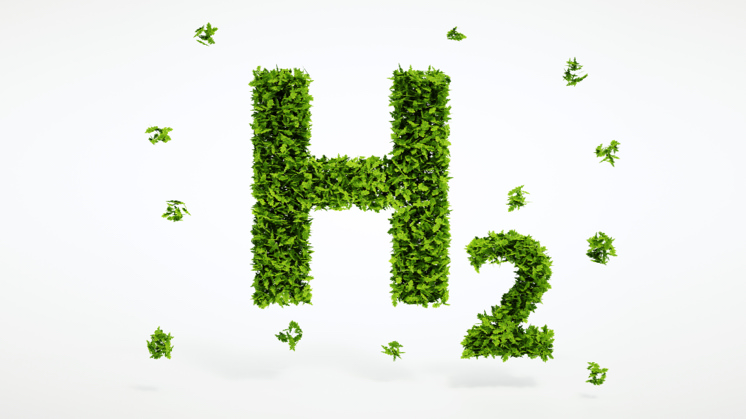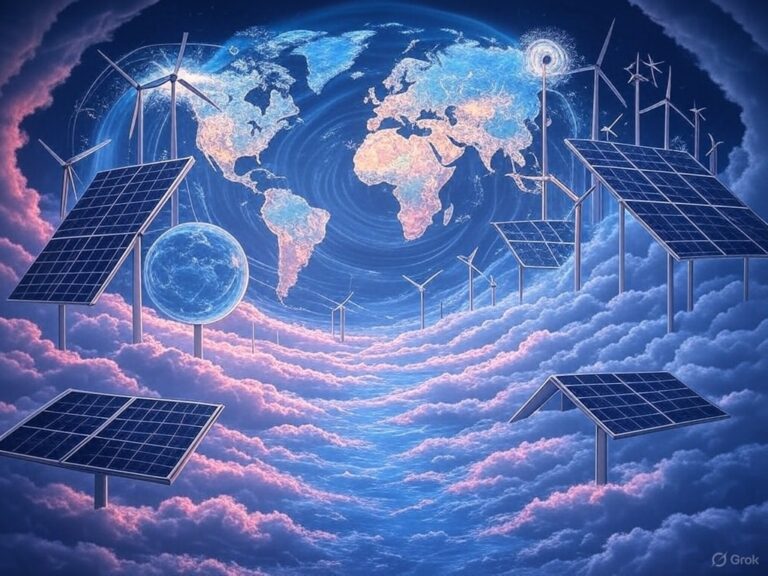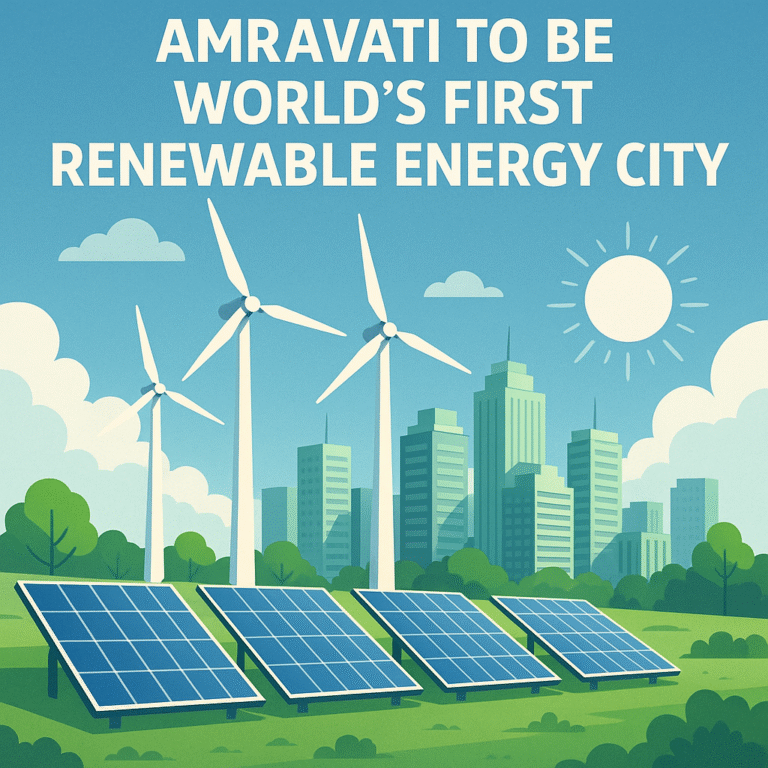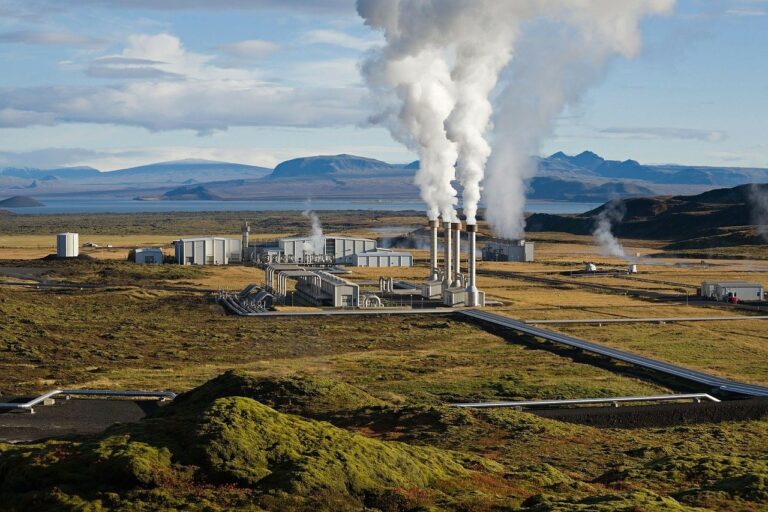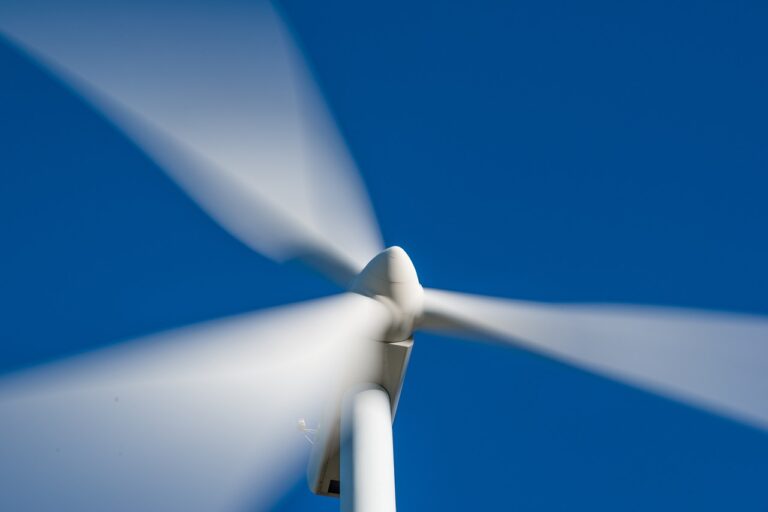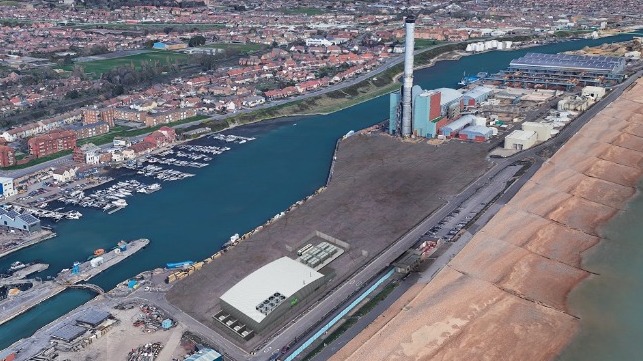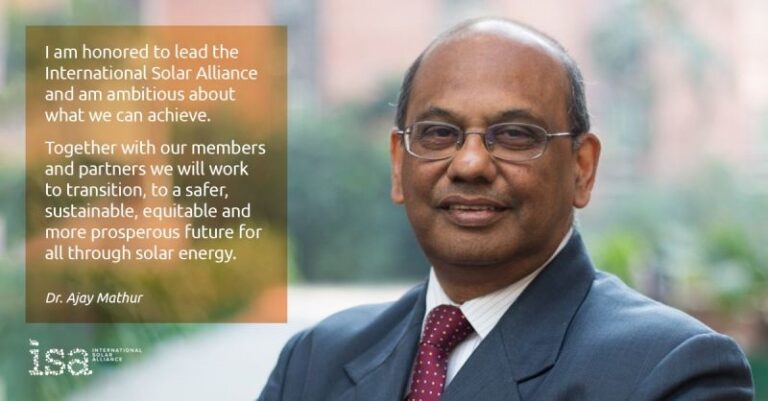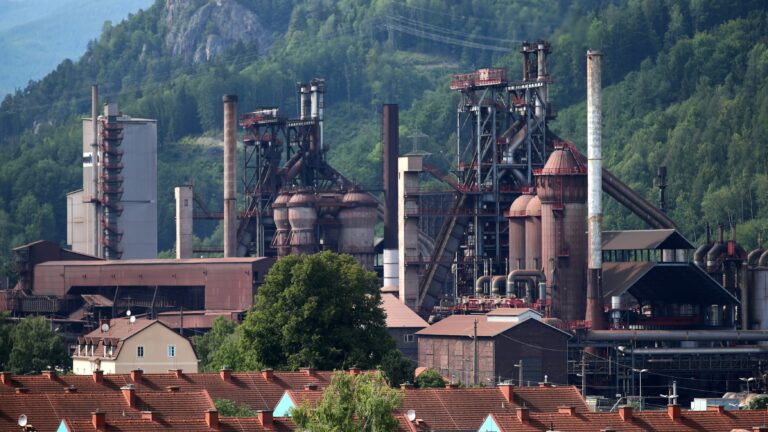Less than four months after the US Department of Energy announced an investment of up to $ 100 million in research and development in hydrogen production and fuel cell technology, India announced a national hydrogen mission.
India made an early entry into the race to unlock the energy potential of the most abundant element in the universe, hydrogen.
The proposal in the budget will be followed by a draft mission over the next few months – a roadmap for the use of hydrogen as an energy source, with a special focus on green hydrogen, that dovetails India’s growing renewable capacity with the hydrogen economy, government officials said.
While the proposed end-use sectors include steel and chemicals, transportation is the main industry where hydrogen has the potential to convert – accounting for a third of all greenhouse gas emissions and where hydrogen is seen as a direct substitute for fossil fuels and has specific advantages over traditional electric vehicles.
Tech Movers
In October, the National capital New Delhi became the first Indian city to operate buses with hydrogen-containing compressed natural gas (H-CNG) in a six-month pilot project. The buses will run on a new technology patented by Indian Oil Corp for the production of H-CNG – 18 percent hydrogen in CNG – directly from natural gas without resorting to conventional blending.
Power Major NTPC Ltd is piloting the operation of 10 hydrogen fuel cell based electric buses and fuel cell electric cars in Leh and Delhi and is considering setting up a green hydrogen production facility in the state of Andhra Pradesh.
As a supportive legal framework, the Ministry of Road Transport and Highways issued a notice late last year proposing changes to the 1989 Central Motor Vehicles Rules to include safety assessment standards for hydrogen fuel cell-based vehicles.
Why Hydrogen
Hydrogen’s potential as a clean fuel source has a history spanning nearly 150 years.
In 1874, science fiction writer Jules Verne set out a prescient vision in The Mysterious Island — of a world where “water will one day be employed as fuel, that hydrogen and oxygen which constitute it, used singly or together, will furnish an inexhaustible source of heat and light, of an intensity of which coal is not capable”.
In 1937, the German passenger airship LZ129 Hindenburg used hydrogen fuel to fly across the Atlantic. The airship flew from March 1936 until she was destroyed by fire 14 months later on May 6, 1937 while attempting to land at Lakehurst Naval Air Station in Manchester Township, New Jersey . In the late 1960s, hydrogen fuel cells helped power NASA’s Apollo missions to the moon.
Practical fuel cells were designed during the 1960s and were first used during the NASA Apollo program. The fuel cells were fueled with stored hydrogen and oxygen. Science Direct
After the oil price shocks of the 1970s, the possibility of hydrogen replacing fossil fuels came to be considered seriously. Three carmakers — Japan’s Honda and Toyota, and South Korea’s Hyundai — have since moved decisively in the direction of commercializing the technology, albeit on a limited scale.
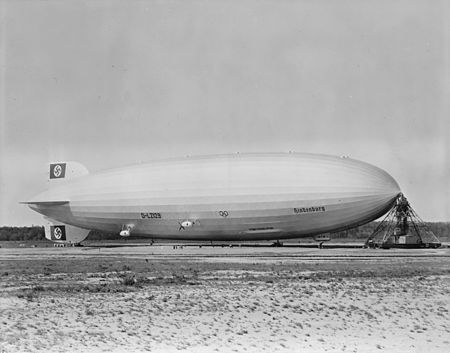
Hydrogen Availability
The most common element in nature is not found freely. Hydrogen exists only combined with other elements, and has to be extracted from naturally occurring compounds like water (which is a combination of two hydrogen atoms and one oxygen atom). Although hydrogen is a clean molecule, the process of extracting it is energy-intensive.
The sources and processes by which hydrogen is derived, are categorized by colour tabs.
Hydrogen produced from fossil fuels is called grey hydrogen; this constitutes the bulk of the hydrogen produced today. Hydrogen generated from fossil fuels with carbon capture and storage options is called blue hydrogen; hydrogen generated entirely from renewable power sources is called green hydrogen. In the last process, electricity generated from renewable energy is used to split water into hydrogen and oxygen.
What is Green Hydrogen? Read here
More to read on Hydrogen
Sarawak is accelerating its clean energy ambitions with strong backing from Siemens Energy. With major hydrogen projects, cutting-edge infrastructure, and international partnerships, the Malaysian state is on track to become the "Battery of Asia" by 2035 — leading the way in Southeast Asia’s renewable hydrogen economy.
Shoreham Port, the commercial seaport just west of Brighton on the UK's southern coastline, has announced a partnership with a local startup to build a 20-megawatt electrolysis plant adjacent to the port's locks.
A new report released by the Hydrogen Council, shows that large-scale supply of low-carbon hydrogen is economically and environmentally viable.
Energy firms Total and Engie have agreed to build and operate France’s largest renewable hydrogen production site.
According to the companies, the solution will be able function off-grid, thus contributing to lowering the cost of green hydrogen and opening the door to selection of more and better wind sites.
The steel plant will use hydrogen instead of coal in the iron ore reduction process. The next generation equipment will produce 250,000 tonnes of steel product per year.
Social media a tool to create awareness
© 2021, Renewable Energy 2050. All Rights Reserved.

